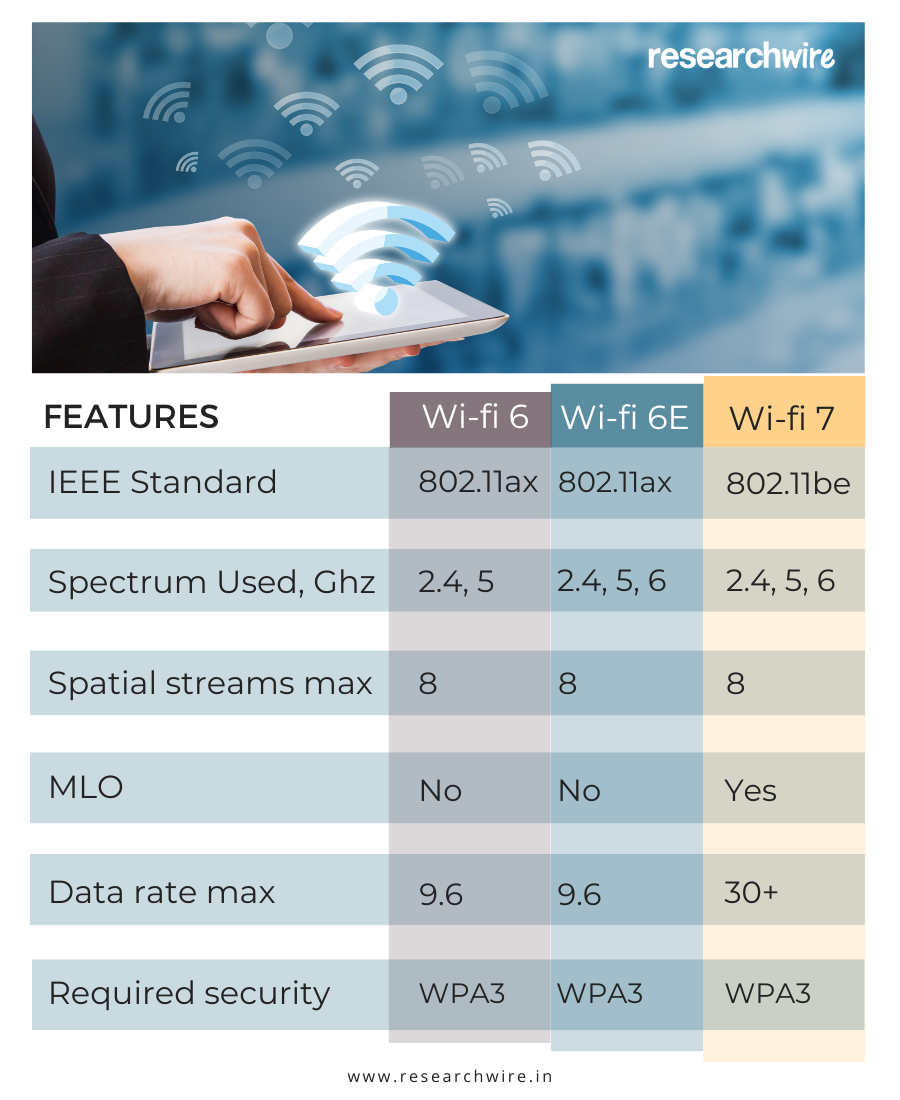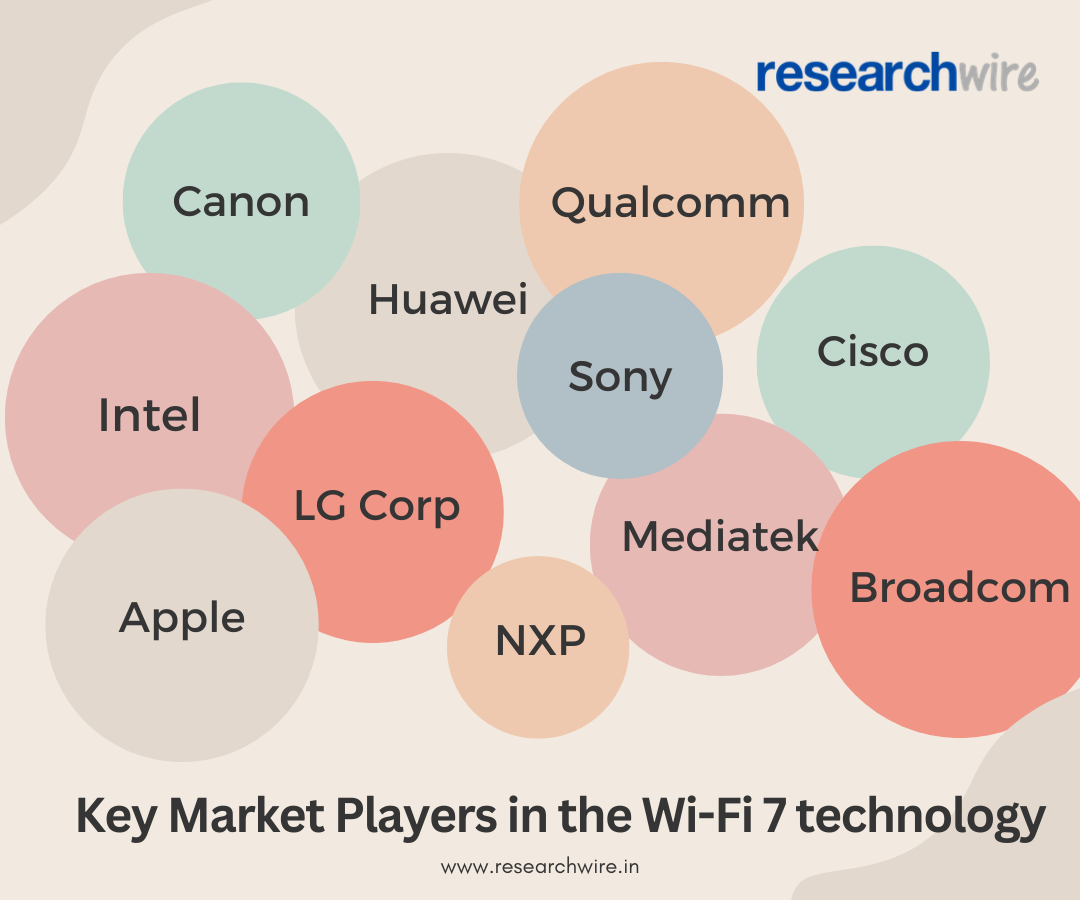As a Founder and Managing Director, Bikram plays a key role in the day to day operations and formulating strategies for smooth execution of research assignments. Bikram is also responsible for client acquisition and client engagements in Asia pacific region. Bikram helps global technology companies monetize their IP assets through automated tools and helps them generate more value out of their IP. He has the expertise of assisting clients on a wide range of technologies such as Semiconductors (circuits and processes), Wireless Technologies, Memory Devices, Cloud Computing, and Consumer Electronics.
Bikram has been advising several Global 500 clients in effective patent portfolio optimization and competitive benchmarking analysis to help them understand their position in the industry. Bikram has extensive experience in assisting clients on high stake US, Japanese and Chinese patent litigation cases. Recently, Bikram has been actively involved in advising clients on new product development strategies and technology Landscape studies.
The introduction of the WI-FI 6 standard has brought high-speed multi-link technology to households, allowing smooth gaming and video streaming even with multiple devices connected to the same WI-FI network. However, despite its recent implementation and growing popularity, WI-FI 7 (802.11be) has already emerged as the next generation of wireless local area network (WLAN) technology. IEEE 802.11be, also known as WI-FI 7, is the upcoming amendment to the IEEE 802.11 standard. It will build upon the features of 802.11ax (Wi-Fi 6) and will focus on providing high-speed wireless connectivity in indoor and outdoor environments. The frequency bands of operation will include 2.4GHz, 5GHz, and 6GHz. Companies like MediaTek, Qualcomm, and Huawei are actively developing WI-FI 7-related technologies.
WI-FI 7 builds upon the multi-link transmission technology of WI-FI 6, increasing the number of streams from 8 to a maximum of 16. This enhancement allows for a theoretical single-user device speed of up to 30Gbps, which is six times faster than WI-FI 6’s maximum speed. Additionally, WI-FI 7 introduces support for the 6GHz frequency band and doubles the maximum channel bandwidth to 320MHz compared to WI-FI 6’s 160MHz.
While WI-FI 7 promises higher transmission speeds, it also comes with increased power consumption for the transceiver. The technology is still under development, with Huawei submitting a patent for a “multi-link multicast service transmission method and device” to the State Intellectual Property Office in China.
Overall, WI-FI 7 aims to deliver faster and more efficient wireless networking capabilities, surpassing the performance of its predecessor, WI-FI 6.
Wi-Fi 7 features – What does it mean for users?
Wi-Fi 7 will not only enhance and elevate the capabilities of previous Wi-Fi generations, resulting in faster speeds, but also significantly offering improved responsiveness and reliability. This advancement will enable immersive consumer experiences, offer enhanced security and privacy and support the seamless integration of advanced future technologies.
Throughout the years, Qualcomm Technologies has been at the forefront of groundbreaking Wi-Fi innovations. These advancements include rapid device setup and onboarding to Wi-Fi networks, sophisticated antenna architectures, radio waveform designs to enhance speed and range, as well as mesh Wi-Fi network technologies. By continuously pushing the boundaries of innovation and leveraging unlicensed spectrum assets, their inventions have not only revolutionized Wi-Fi but also made significant contributions to Wi-Fi standards. As we actively support the expansion of Wi-Fi 6 and 6E, we are also taking the lead in developing the Wi-Fi 7 standards, further propelling the evolution of wireless connectivity.
Here are the features of Wi-Fi7:

1. Individual channel bandwidth will double, from 160 MHz to 320 MHz
Currently, both the 2.4 GHz and 5 GHz frequency ranges are limited and crowded due to their unlicensed nature, leading to reduced availability and potentially inferior quality of service for existing Wi-Fi networks, especially when used for advanced applications like virtual reality and augmented reality. To address these limitations, Wi-Fi 7 will introduce support for the less crowded 6 GHz frequency range, opening new frequency modes. This enhancement is expected to enable Wi-Fi 7 to achieve impressive maximum speeds of up to 30 Gbps, facilitating smoother and faster connectivity for a wide range of innovative applications.
- Improved Latency
Legacy Wi-Fi typically allows users to access multiple wireless bands, but most devices only utilize one band at a time for their transmissions. Only when the surrounding conditions change will they switch to a different band. However, Wi-Fi 7 devices can take advantage of Multi-Link Operation (MLO), enabling them to concurrently connect on two bands. This aggregation of bands results in higher speeds, as data can be transmitted simultaneously on both bands, ensuring redundancy and enhancing dependability with extremely low and precise latency.
- Multi RU
Wi-Fi 6 restricts each user to broadcasting or receiving frames on the allotted RUs (resource units), leading to reduced flexibility in scheduling spectrum resources. In contrast, Wi-Fi 7 introduces a system where multiple RUs can be assigned to a single user, resolving this limitation and significantly improving overall spectrum efficiency. Specifically, small RUs can only be combined with other small RUs, while big RUs can only be paired with other large RUs. However, both small and big RUs can be merged into a single RU, offering a more adaptable approach to spectrum resource allocation.
- 4K QAM
Wi-Fi 6 can handle a maximum modulation of 1024-QAM, allowing each modulation symbol to carry up to 10 bits of information.
On the other hand, Wi-Fi 7 implements 4096-QAM, enabling each modulation signal to carry 12 bits of information, resulting in even higher data transfer rates. Comparing the two, with the same coding, Wi-Fi 6’s 1024-QAM achieves a 20% improvement in data transfer rate compared to Wi-Fi 7’s 4096-QAM.
- Multi-AP Coordination
Wi-Fi 7 enhances multi-AP coordination within the 802.11 protocol through features like automated radio calibration and intelligent roaming, improving WLAN functionalities. This coordination aims to optimize the usage of cognitive radio and allocate resources fairly by enhancing channel selection and load distribution among access points (APs).
Wi-Fi 7 achieves multi-AP coordination through inter-cell coordinated scheduling in the time and frequency domains, multi-cell interference cooperation, and multi-input multi-output (MIMO) scheduling. These mechanisms effectively reduce interference between APs and significantly enhance the utilization of air interface resources.
Comparing Wi-Fi 7 vs. Wi-Fi 6E vs. Wi-Fi 6
While Wi-Fi 6 offers only marginal speed improvements over Wi-Fi 5, Wi-Fi 7 aims to provide lightning-fast connections, earning it the industry term “802.11be EHT,” which stands for Extremely High Throughput.

As far as the spectrum aspect is concerned, Wi-Fi 7 operates similarly to Wi-Fi 6E as they both encompass the 2.4 GHz, 5 GHz, and 6 GHz frequencies, while also requiring Wi-Fi Protected Access 3 security. Interestingly, 802.11ax covers both Wi-Fi 6 and 6E, but Wi-Fi 6 is limited to 2.4 GHz and 5 GHz frequencies. In terms of modulation type, Wi-Fi 6 and 6E reach a maximum of 1024 QAM, whereas Wi-Fi 7 introduces higher options, going up to 4096 QAM when supported by the conditions. Consequently, this explains why 802.11ax has a theoretical data rate limit of 9.6 gigabits per second, while 802.11be can potentially achieve almost 40 Gbps when combined with other Wi-Fi 7 features.
However, all three variants share one common aspect: client devices will likely remain limited to a few spatial streams. So, despite standards with 4×4, 8×8, or 16×16 spatial streams for access points (APs), the same numbers are generally not applicable to client devices, particularly mobile devices like phones and tablets, which are expected to remain at 2×2 or lower for the foreseeable future.
To achieve the theoretical high throughput specified by a wireless standard, an environment typically needs to utilize the maximum stream count defined by the standard for both the AP and the client, while employing the widest channel option and enabling all relevant features. Nevertheless, even without reaching theoretical maximums, Wi-Fi 7 clients should routinely experience gigabit speeds on well-designed networks.
Wi-Fi Patent Landscape
The race to revolutionize wireless connectivity has intensified with the emergence of WiFi 7, driven by the IEEE 802.11be standard. Technology giants such as Qualcomm, LG, InterDigital, MediaTek, Intel, NXP, and Huawei are aggressively filing patents to secure their positions in the WiFi 7 domain. Their focus lies on key WiFi 7 features, including Multi-Access Point Coordination, OFDMA with Multi-RU, Multi-Link Operation, and HARQ. This patenting surge has been in full swing since 2019, with Qualcomm and InterDigital leading the charge in securing IP for various WiFi 7 aspects.
WiFi 7 is expected to be a game-changer, providing numerous advancements to cater to the escalating demands of users for faster, more reliable, and seamless connectivity. With the increasing need for higher data rates and lower latencies, WiFi 7 aims to redefine the wireless landscape and meet the requirements of modern applications and services, such as streaming high-resolution content, online gaming, Virtual Reality (VR), Augmented Reality (AR), the Metaverse, remote office work, and video calling applications.

The demand for high-bandwidth applications is one of the driving forces behind the surge in WiFi 7 patenting activities. As WiFi 7 makes its way into the market, companies are fiercely competing to dominate the WiFi 7 landscape with innovative solutions.
Interestingly, both Qualcomm and Broadcom have already claimed to offer WiFi 7 products, signaling the industry’s eagerness to push the boundaries even before the standardization is finalized. This rapid development could lead to WiFi 7 certified products hitting the market before the expected timeline, similar to the early adoption of WiFi 6 products.
In this dynamic landscape, businesses and individuals involved in the WiFi 7 ecosystem face the challenge of staying updated with technology trends and understanding the evolving patent landscape to make informed decisions. Staying ahead of the curve is crucial to capitalize on the potential of WiFi 7 and thrive in the evolving world of wireless connectivity.
Conclusion
IEEE 802.11be, the driving force behind the next generation of Wi-Fi, known as Wi-Fi 7. It promises to be a significant milestone with numerous advancements. As user demands for higher bandwidths to support streaming content at higher resolutions, gaming, Virtual Reality, Augmented Reality, Metaverse, remote office work, and video calling applications continue to rise, the need for higher data rates and lower latencies becomes increasingly crucial. Wi-Fi 7’s impressive data rate will be a game-changer for the industry, particularly benefiting those in a position to capitalize on the opportunities it presents.
Patent-holders agree to license their Standard Essential Patents (SEPs) to standard users under terms that are fair, reasonable, and non-discriminatory. If you are a participant in the Wi-Fi 7 ecosystem, seeking valuable insights into technology trends related to Wi-Fi 7, to make informed business decisions, determine SEP eligibility or build a robust patent portfolio in this field, Researchwire is here to assist you.
Researchwire is an ISO 27001 certified, specialised IP research and R&D support company. Works closely with IP & legal teams to provide patent portfolio services and all types of patent searches & patent drafting. It provides enterprises and R&D centres with insightful and effective solutions to address their technology development challenges and roadmap planning.



